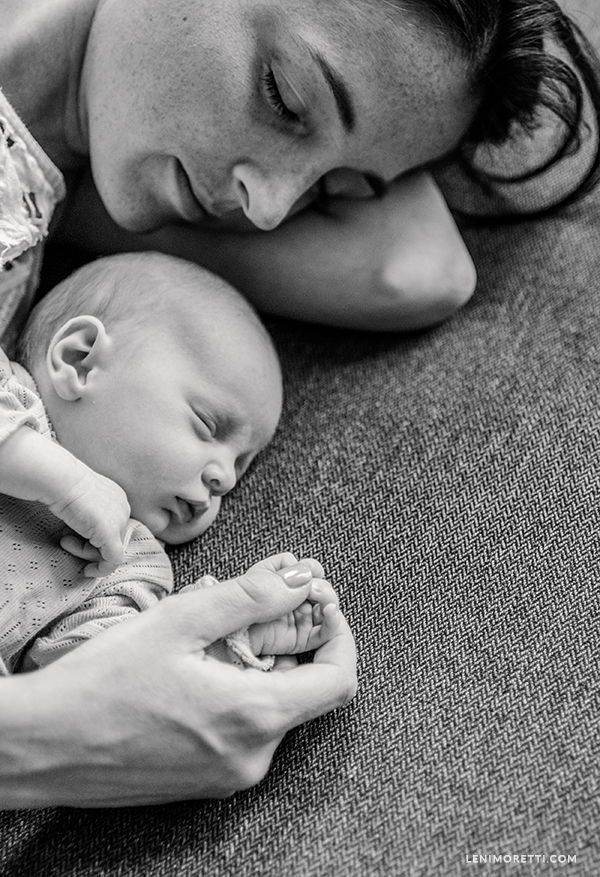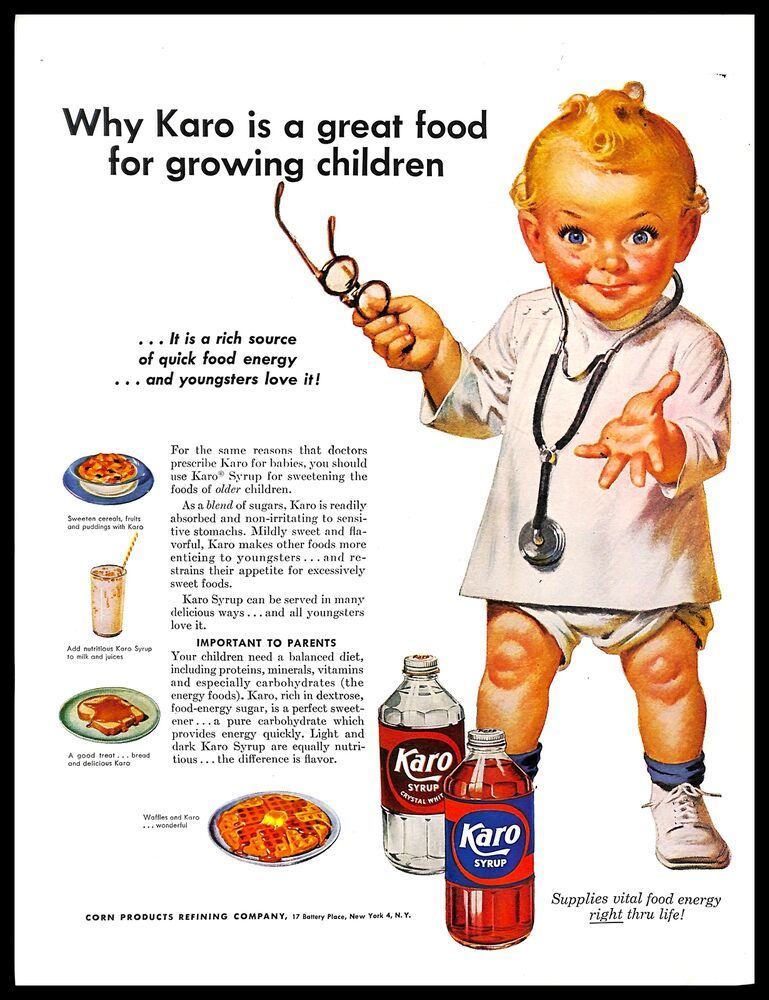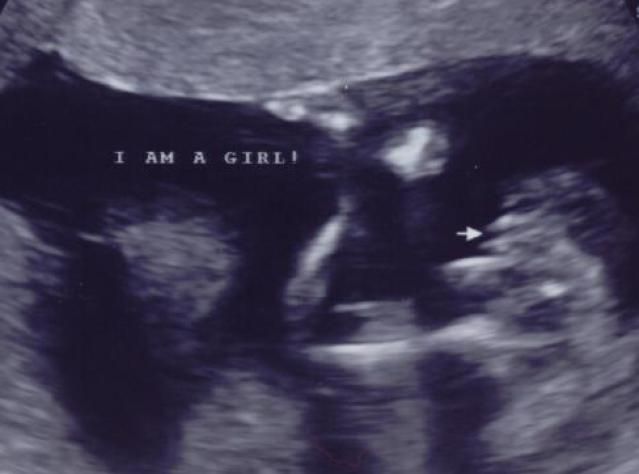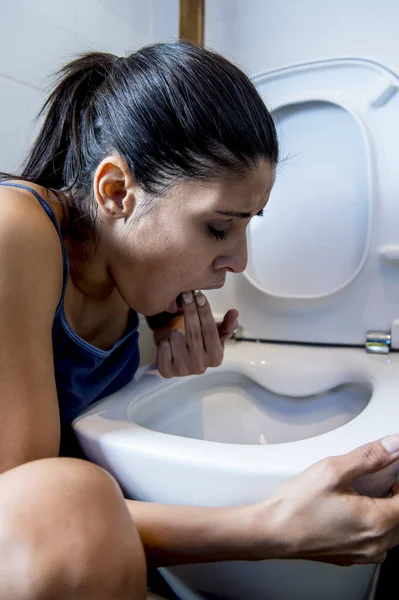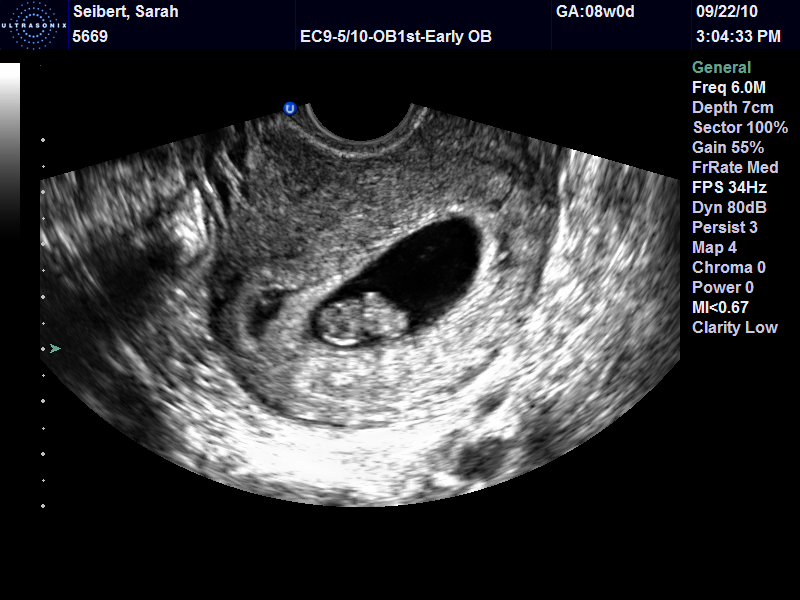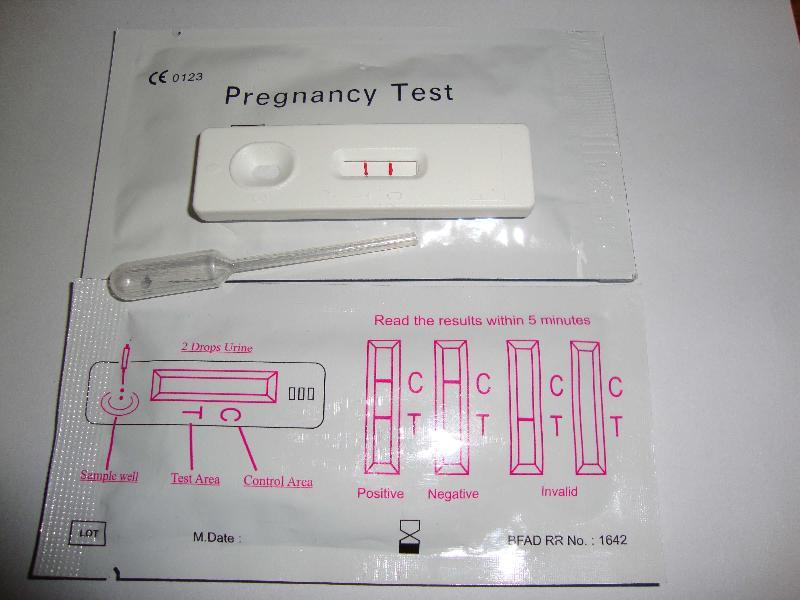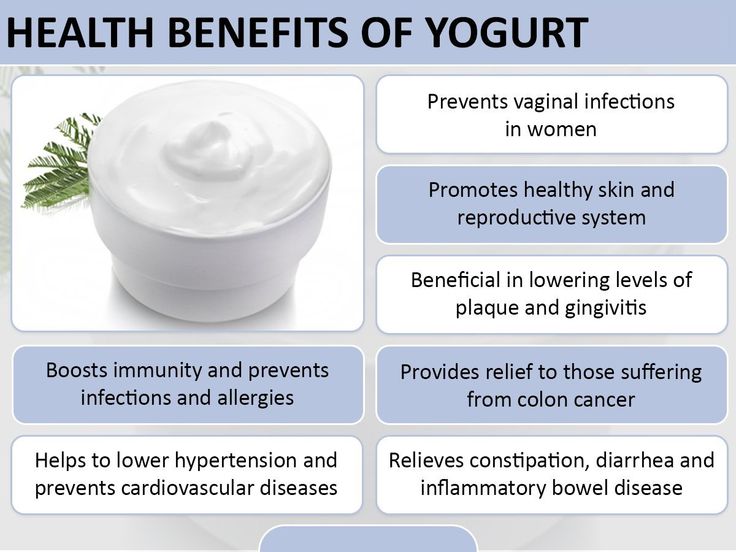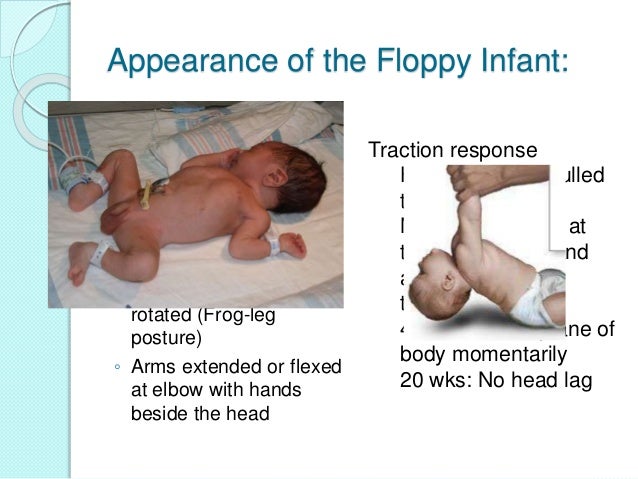Taking newborn out
When Can Newborns Go Outside? Safety and More
Hello, fresh air and sunshine! Exiting the hospital with your new baby can be a magical moment. Unfortunately, it may also leave you with a sense of panic as you realize that your little one is now entering into the real world.
You may have heard from a friend or family member that newborns shouldn’t be outside for the first couple of months of their lives. Is this true? Should you really keep your baby inside for the first 6 to 8 weeks after birth?
If your anxiety is rising just thinking about this, don’t worry!
We understand that being a new parent can be overwhelming, so we’ve gone through the research to help answer all your questions about taking your newborn out and about for the first time.
Most pediatric health experts agree that babies can head outside right away, as long as you use basic safety precautions. (More on those to come, so keep calm and read on!)
Generally speaking, there’s no need to stay inside with your little one for the first 1 or 2 months of baby’s life if you both feel up to getting out. In fact, some fresh air and sunshine can benefit you both, thanks to vitamin D and mood-boosting benefits.
One exception to keep in mind, though, is that some doctors prefer you wait a bit before taking your little one into crowded spaces where they may be exposed to high levels of germs — especially during COVID-19 surges.
It is true that your newborn’s immune system is still developing and may struggle to fight off infections.
There are precautions you can take, though — like hand washing and physical distancing — to minimize the chance of your little one developing an illness.
For most infants, taking typical safety precautions while outside is sufficient to keep them safe.
In rare cases where your child has a health condition that makes their immune system particularly susceptible to germs, your doctor may advise you to take extra precautions. These can include staying at home during periods of specific concern.
If you’re ready to take your little one outside, you’ll want to make sure to follow appropriate safety measures.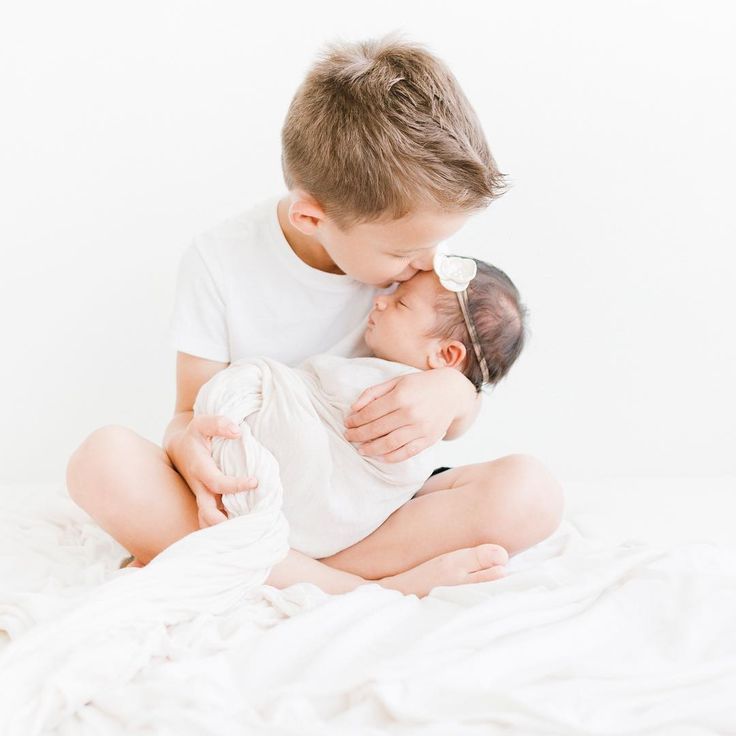 These include:
These include:
Dress them in weather-appropriate clothing
Double-check baby’s outfit to make sure it’s weather appropriate. You’ll probably also want to have a spare outfit or blanket packed, in case of an emergency change or if extra layers are needed.
A general rule of thumb is to dress your baby for the weather and then add one extra layer. You’ll want to check to make sure they’re comfortable throughout the outing as well.
Have a sun-protection plan
A little sunshine can be nice, but baby skin burns easier, so you’ll want to make sure that it’s covered with clothing and a sun hat or hidden in the shade.
Because infants are at a greater risk of sunscreen side effects, the Food and Drug Administration (FDA) and the American Academy of Pediatrics recommend keeping infants in the shade and out of direct sunlight. However, in a pinch it may be OK to apply small amounts of sunscreen to exposed skin. Just consult with your pediatrician first if your baby is younger than 6 months old.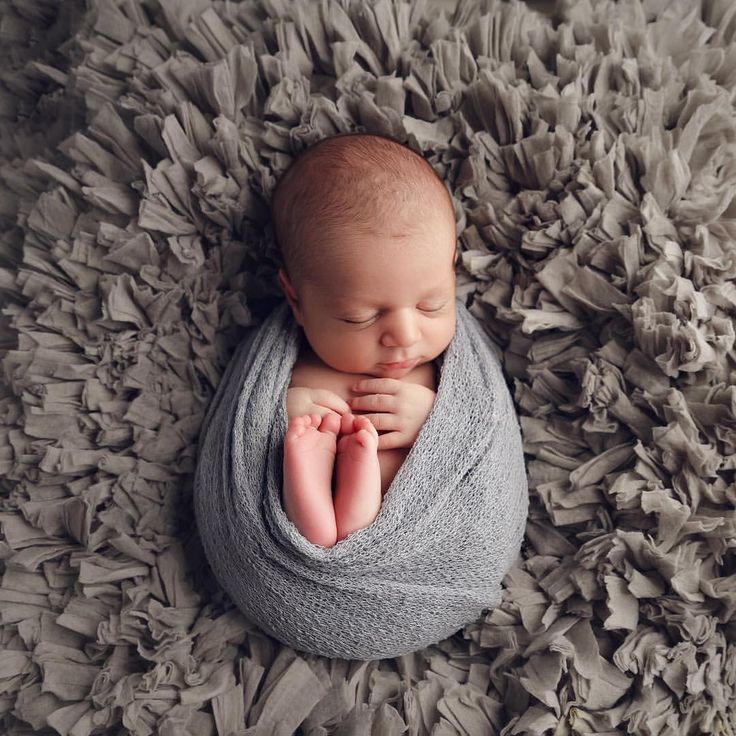
Avoid crowds
Crowded places like malls, airplanes, or pools mean that there’s more chances for germs to spread.
Especially in light of the COVID-19 pandemic, many experts encourage parents to avoid these places with their newborns.
If possible, it’s also best to avoid places like the grocery store and indoor restaurants where ventilation may be poor and you might have trouble physical distancing from other people.
Wash your hands — and make sure others do, too
Ensure that anyone who touches your baby has washed their hands. No one showing any symptoms of illness should come in contact with your newborn.
You may even wish to teach young siblings to touch only baby’s toes or back and not their hands or face. This may help reduce the risk of spreading germs.
Limit visitors
It might be hard to say no when well-meaning family and friends want to visit baby, but it’s good to limit who is allowed around your newborn.
Again, because of COVID-19, many experts are suggesting restricting visitors around you and your newborn until the pandemic improves.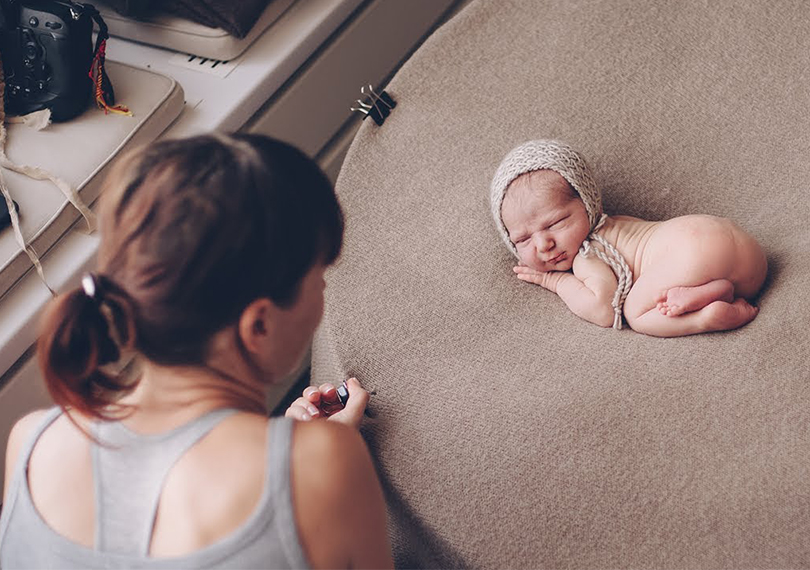
Use a baby carrier
Babies can be irresistible! But wearing baby in a baby carrier rather than using a stroller can keep your little one close and help prevent other people from touching (or kissing!) them.
There are some times when you’ll want to think twice before loading baby into their car seat or stroller. You may wish to stay inside your home if:
- Extreme weather conditions are occurring. Mail carriers may brave wind, snow, sleet, and hail, but your newborn should avoid extreme temperatures and being outside in bad air quality whenever possible.
- Your child has a medical condition. If your newborn has special medical needs that leave them particularly susceptible to germs, you’ll want to consult with their doctor before taking them out and about.
- It’s peak sunlight hours. The middle of the day can be an especially hard time to find shade and protect your baby’s skin. For this reason, you may wish to avoid excessive time outside when the sun is at its strongest.
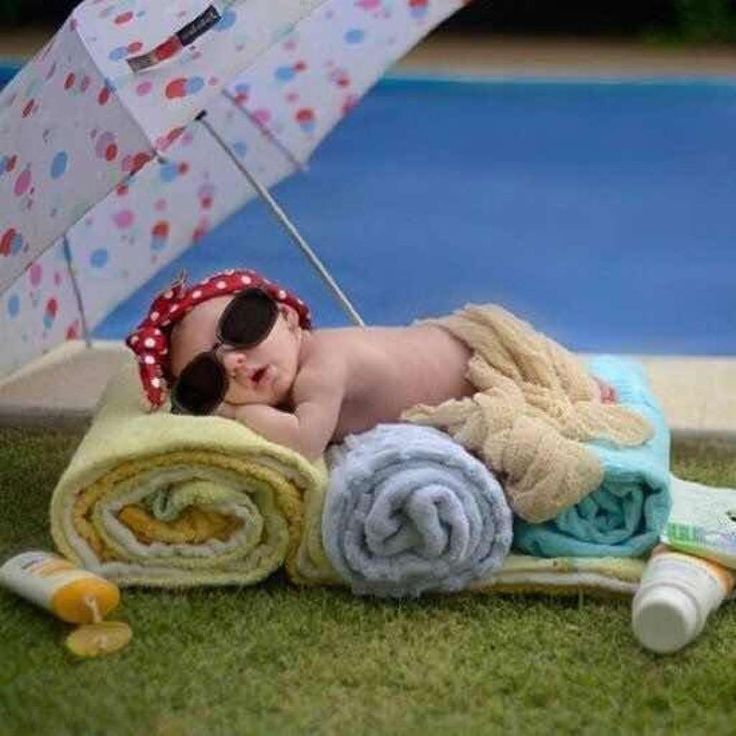
If you do need to go outside with baby for any reason, especially in warmer weather and for longer periods of time, be sure to bring plenty of breast milk or formula to keep them hydrated.
Most doctors agree that there’s no need to wait until your baby is 1 or 2 months old to take them out and about. However, you also shouldn’t feel pressure to do it before you’re ready.
Newborn babies can seem so delicate, you might want to put them inside a bubble of protection (or at least never let them see sunlight).
The truth is some sun protection, weather-appropriate clothing, and distance from crowds will probably be enough to keep them safe.
If you have any questions about taking your newborn outside or if your infant has special medical circumstances to consider, you should never hesitate to speak with your child’s pediatrician.
Getting out of the house with your new baby
Getting out of the house with your new baby | Pregnancy Birth and Baby beginning of content4-minute read
Listen
Going outside into the fresh air and having a change of scene is good for both you and your baby. With a little planning, you can enjoy getting out of the house with your newborn as soon as you like.
With a little planning, you can enjoy getting out of the house with your newborn as soon as you like.
When is it safe to leave the house with a new baby?
There is no rush to go on an outing. In some cultures, women stay in the house with their new baby for a month or more.
But it is also fine to take your baby outside as soon as you feel ready. It is a good idea to go out when your baby is calm and happy. After a feed and a nappy change is a good time.
If your baby was premature or has a health condition, speak to your doctor before you go outside with them.
How to dress your baby
It is important to keep your baby at the right temperature. You can check whether your baby is too warm or cold by feeling their forehead. Babies’ hands and feet often feel cold when you touch them, so don’t judge their temperature by feeling their extremities.
It is a good idea to dress your baby in layers that you can take off and put back on.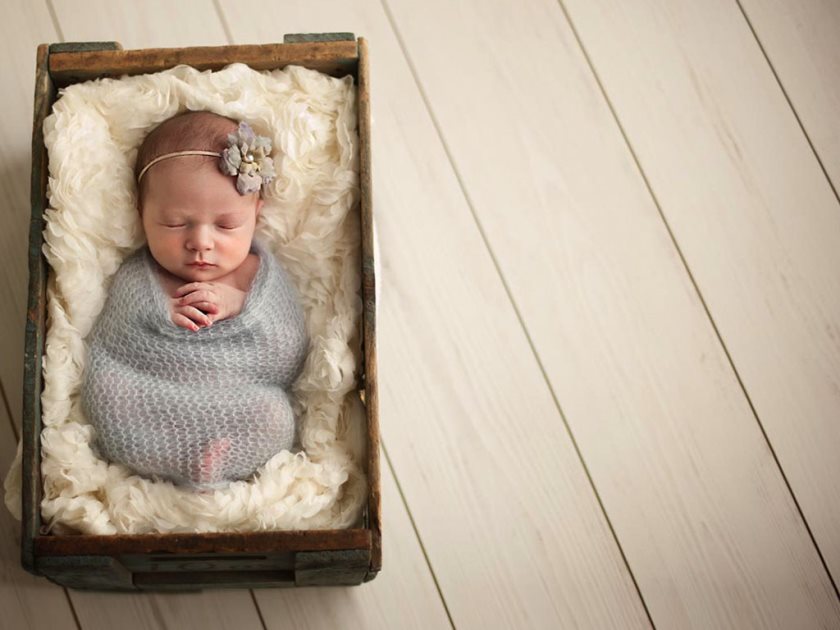 Dress them in one more layer than you need yourself. If it’s cold weather, keep your baby warm with a blanket and hat. When you come inside into the warm, take off a layer or two.
Dress them in one more layer than you need yourself. If it’s cold weather, keep your baby warm with a blanket and hat. When you come inside into the warm, take off a layer or two.
If it’s hot weather, you need to take special care to keep your baby cool and protect them from the sun. Babies cannot cool themselves as well as adults and are more at risk of overheating. Dress your baby in minimal clothing on a hot day but make sure their arms and legs are covered to prevent sunburn. A hat is essential to protect your baby’s head properly.
What to take
Consider going on a short trip to start off with. But even if you are only going out for a short while, it is a good idea to be prepared in case your baby is hungry or needs a nappy change. Pack a bag with the following:
- nappies (6 to 10, depending on the length of your outing)
- wipes (you can put these in a convenient travel case)
- change pad
- 2 to 3 changes of clothes
- accessories depending on the weather (hat, blankets, sun shade)
- 2 blankets
- nappy bag
- plastic bag for soiled clothes or nappies
- hand sanitiser
- formula and bottles if you are bottle feeding
How to transport your baby
Pushing your baby in a pram or stroller is a good way for you to get out and about.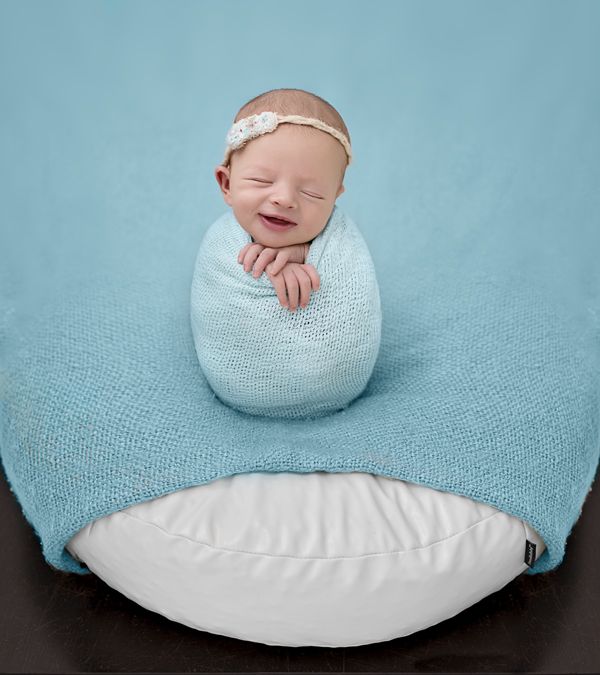 Make sure the pram meets the mandatory Australian Standard AS/NZS 2088. Always secure your baby in the pram with a 5-point harness and make sure you always put on the brakes when you stop. Prevent the pram from tipping by putting bags in the harness underneath, not over the handles.
Make sure the pram meets the mandatory Australian Standard AS/NZS 2088. Always secure your baby in the pram with a 5-point harness and make sure you always put on the brakes when you stop. Prevent the pram from tipping by putting bags in the harness underneath, not over the handles.
A baby carrier or sling means you can keep your hands free while you’re out. Make sure you adjust it so it is comfortable for you. Wear comfortable shoes and be careful of tripping when you bend over or walk on uneven surfaces. A baby carrier or sling is not a good idea in hot weather because your baby can overheat.
If you are driving somewhere, babies under 6 months must by law be restrained in an approved rear-facing car seat or capsule. All car seats in Australia must comply with Australian Standard AS/NZS 1754.
Keeping your baby safe
One of the greatest dangers to newborn babies outside in Australia is the sun. Try to keep them in the shade at all times. Cover the pram with a cloth and make sure air can still get through. Alternatively, you could use the pram’s canopy top or an umbrella to create shade. Minimise use of sunscreen in babies younger than 6 months. If your baby has to be in the sun, apply sunscreen to those small areas of skin not covered by wraps, clothing and a hat.
Alternatively, you could use the pram’s canopy top or an umbrella to create shade. Minimise use of sunscreen in babies younger than 6 months. If your baby has to be in the sun, apply sunscreen to those small areas of skin not covered by wraps, clothing and a hat.
You should also try to protect your baby from people who are sick, because babies’ immune systems are not fully developed. Immunisation will help protect them. However, whooping cough is very dangerous for newborn babies because they are usually not immune for at least the first few months of life and sometimes longer. Take your baby to the doctor if you suspect they have come into contact with someone who has whooping cough.
Sources:
Babycenter (Car seat laws in Australia), Babycenter (When can I take my baby out of the house?), Department of Health (Whooping cough (pertussis) immunisation service), Kidspot (What to pack when leaving the house with a newborn), Raising Children Network (Prams and strollers safety guide), Raising Children Network (Baby carriers, slings and backpacks: safety guide), Cancer Council NSW (Sun protection for babies and children)Learn more here about the development and quality assurance of healthdirect content.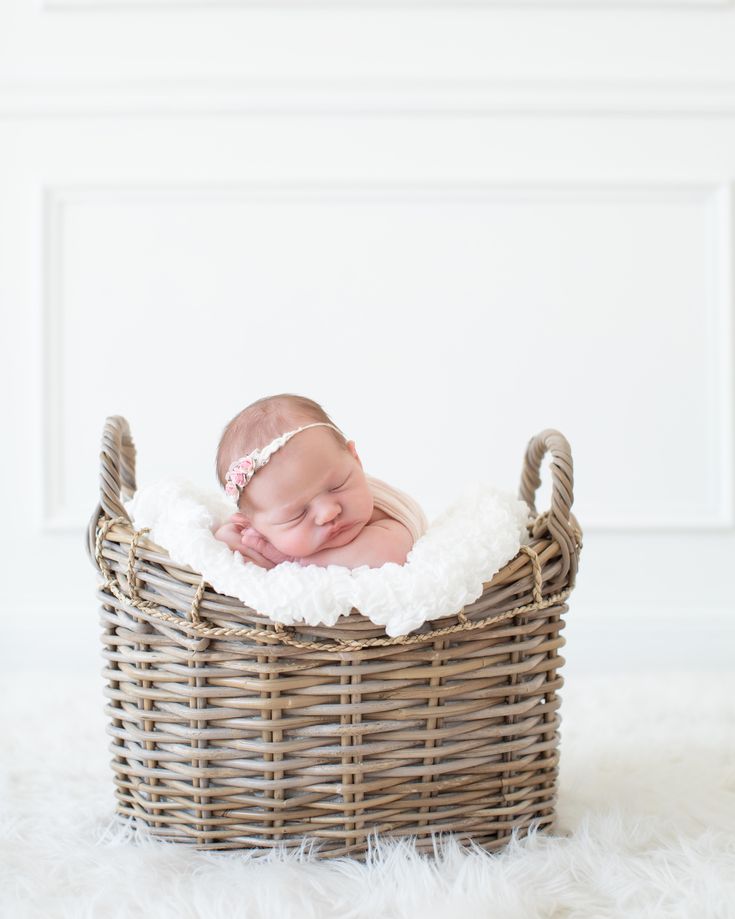
Last reviewed: August 2021
Back To Top
Need more information?
Newborn clothes & dressing a newborn | Raising Children Network
How many clothes does a newborn need? And what newborn clothes are best? Get answers to these questions and more in our guide to dressing a newborn.
Read more on raisingchildren.net.au website
Guide to dressing your baby in cold weather
You want your baby to feel comfortably warm — not hot or cold. Use this guide on how best to dress your baby in colder months.
Read more on Pregnancy, Birth & Baby website
Dressing a newborn
When dressing your newborn, here are a few things to consider, like which clothes to use, how to dress them and making sure the change table is safe.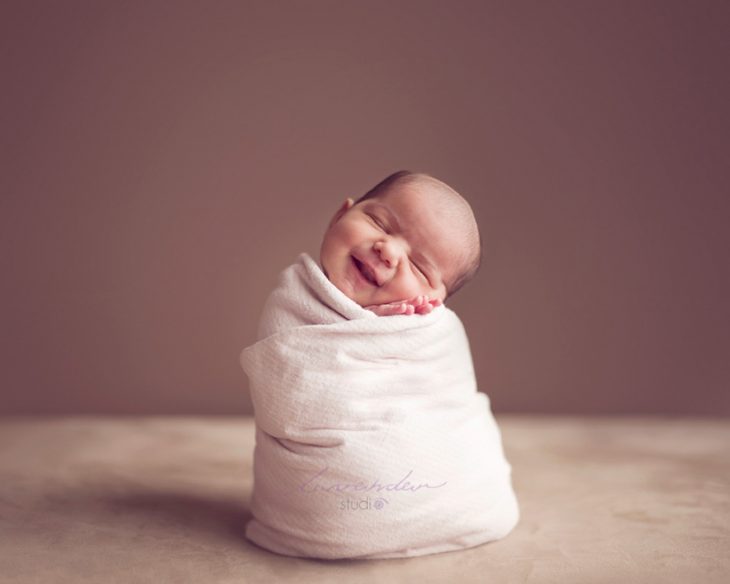
Read more on Pregnancy, Birth & Baby website
Dressing baby in the right clothes for bed | Raising Children Network
Babies sleep well when they’re not too hot or cold. Dress babies in enough clothes to keep them warm without blankets, or try a safe infant sleeping bag.
Read more on raisingchildren.net.au website
Toddler development: Getting dressed
Learning how to dress and undress are lifelong skills that start in childhood. Learn how to encourage your toddler to start dressing themselves.
Read more on Pregnancy, Birth & Baby website
Eczema Resources » Nip Allergies in the Bub
Eczema Resources Videos Applying moisturisers Using cortisone creams and ointments How to apply wet dressings Bleach baths Factsheets Babies How to use bleach baths with babies [PDF, 804kb] How to use wet dressings with babies [PDF, 779kb] How to use tubular dressings with babies [PDF, 913kb] Top tips for managing eczema [PDF, 319kb] Young Children How to use bleach baths with young children [PDF, 811 KB] How to use wet dressings with young children [PDF, 715 KB] How to use tubular dressings with young children [PDF, 841 KB]
Read more on National Allergy Strategy website
How to get dressed: teaching your child | Raising Children Network
Getting dressed is an important skill for children to learn – but it can be hard for them.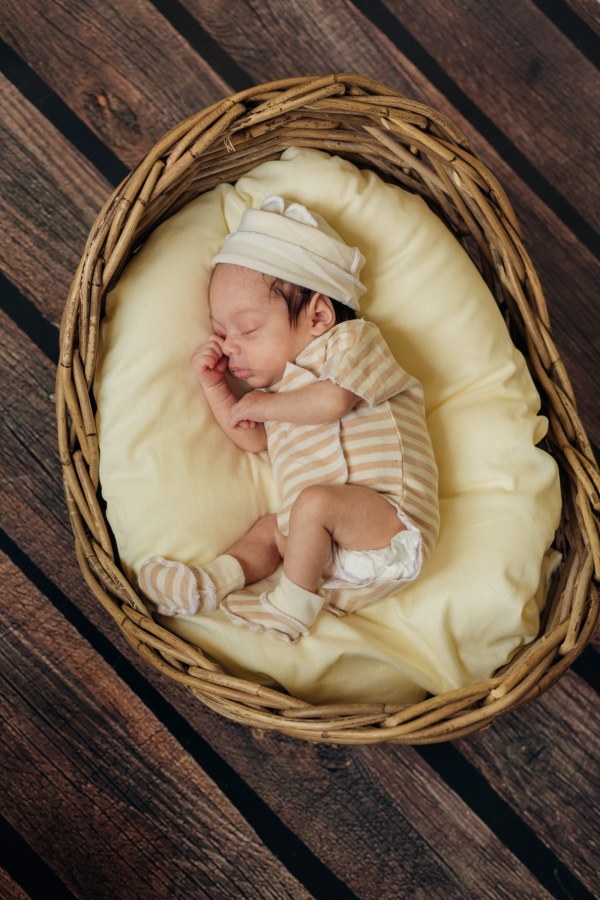 Here are easy steps for teaching your child how to get dressed.
Here are easy steps for teaching your child how to get dressed.
Read more on raisingchildren.net.au website
Babies in cold weather
It's important to be aware of how much clothing and the type of clothing your baby will need to keep comfortably warm in cold weather.
Read more on Pregnancy, Birth & Baby website
Eczema: Wet Dressing | Sydney Children's Hospitals Network
When are wet dressings used? Wet dressings can be applied to your child’s skin when they are experiencing an acute episode of eczema
Read more on Sydney Children's Hospitals Network website
Baby sleep habits: how to phase them out | Raising Children Network
Baby sleep habits can affect the whole family.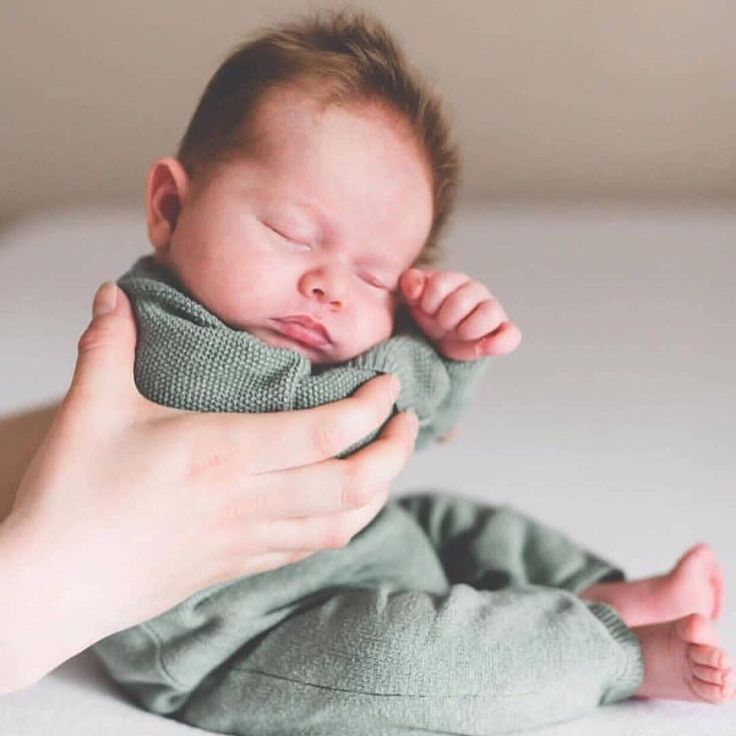 Our guide explains how to phase out sleep habits like dummies, music and rocking so you all get more sleep.
Our guide explains how to phase out sleep habits like dummies, music and rocking so you all get more sleep.
Read more on raisingchildren.net.au website
Disclaimer
Pregnancy, Birth and Baby is not responsible for the content and advertising on the external website you are now entering.
OKNeed further advice or guidance from our maternal child health nurses?
1800 882 436
Video call
- Contact us
- About us
- A-Z topics
- Symptom Checker
- Service Finder
- Linking to us
- Information partners
- Terms of use
- Privacy
Pregnancy, Birth and Baby is funded by the Australian Government and operated by Healthdirect Australia.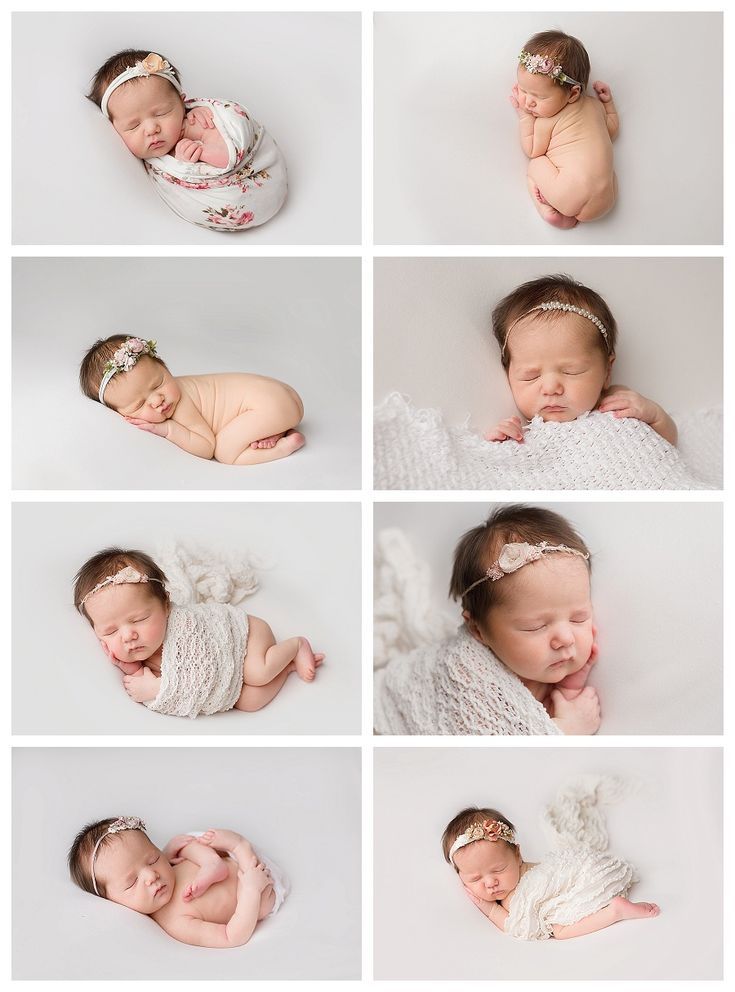
Pregnancy, Birth and Baby is provided on behalf of the Department of Health
Pregnancy, Birth and Baby’s information and advice are developed and managed within a rigorous clinical governance framework. This website is certified by the Health On The Net (HON) foundation, the standard for trustworthy health information.
This site is protected by reCAPTCHA and the Google Privacy Policy and Terms of Service apply.
This information is for your general information and use only and is not intended to be used as medical advice and should not be used to diagnose, treat, cure or prevent any medical condition, nor should it be used for therapeutic purposes.
The information is not a substitute for independent professional advice and should not be used as an alternative to professional health care. If you have a particular medical problem, please consult a healthcare professional.
Except as permitted under the Copyright Act 1968, this publication or any part of it may not be reproduced, altered, adapted, stored and/or distributed in any form or by any means without the prior written permission of Healthdirect Australia.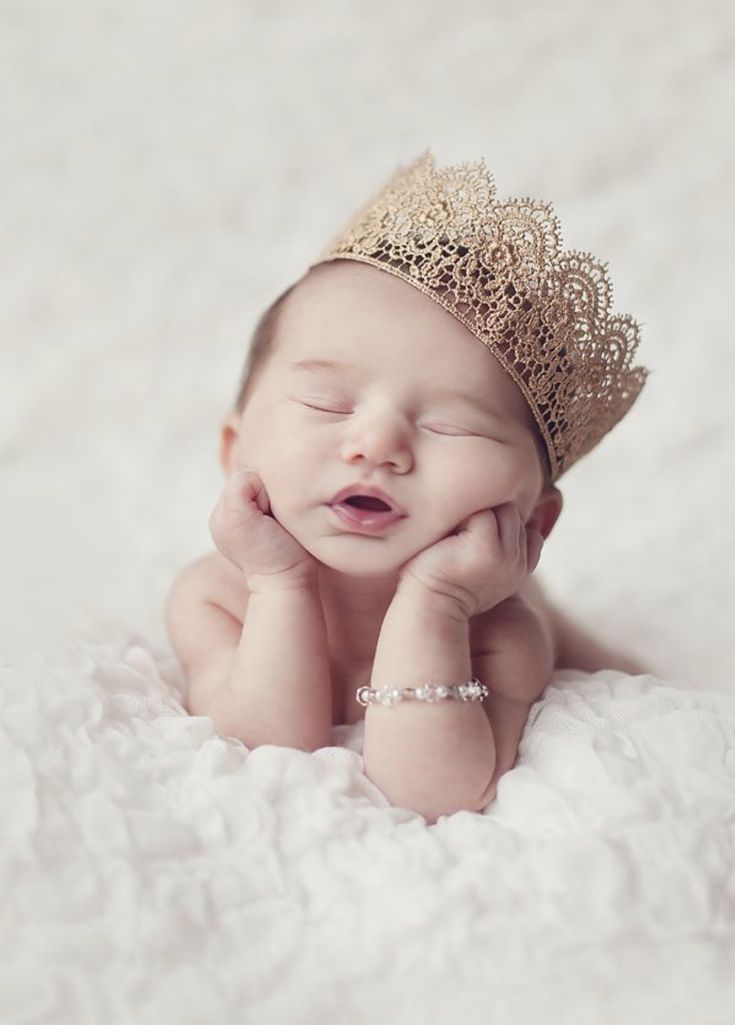
Support this browser is being discontinued for Pregnancy, Birth and Baby
Support for this browser is being discontinued for this site
- Internet Explorer 11 and lower
We currently support Microsoft Edge, Chrome, Firefox and Safari. For more information, please visit the links below:
- Chrome by Google
- Firefox by Mozilla
- Microsoft Edge
- Safari by Apple
You are welcome to continue browsing this site with this browser. Some features, tools or interaction may not work correctly.
Let's go for a walk! - articles from the specialists of the clinic "Mother and Child"
WHY SHOULD YOU WALK?
Purely theoretically, all parents understand that walking is fresh air and health, but let's look at what gives us the exit from a warm apartment or house. By and large, any walk is a contact with nature (unless, of course, walking not along busy streets, but at least in a park) and an attempt to get away from the harmful factors of civilization. What does it mean? Each city apartment (and a country house too) accumulates a huge amount of harmful substances. First of all, it is dust and a variety of allergens (particles of household chemicals, varnishes, paints), which are always found in furniture, books, carpets and, in general, in any items of our house. Plus all that street rubbish that flies through the windows if it's a city apartment. But there is no or very little fresh air in our homes, because in winter it is difficult to keep the windows open and constantly ventilate the room. There is no sunlight in our homes - useful UV radiation, which is necessary for the growth of all living things. And finally, sitting at home, we sharply limit our motor activity. Therefore, it is clear that everyone, including children, needs to go out into the fresh air and walk. Of course, walking in summer is more pleasant than in winter: it's warm, the birds are singing, the grass is green, the flowers are blooming, it somehow becomes immediately clear that walking is both pleasant and useful.
What does it mean? Each city apartment (and a country house too) accumulates a huge amount of harmful substances. First of all, it is dust and a variety of allergens (particles of household chemicals, varnishes, paints), which are always found in furniture, books, carpets and, in general, in any items of our house. Plus all that street rubbish that flies through the windows if it's a city apartment. But there is no or very little fresh air in our homes, because in winter it is difficult to keep the windows open and constantly ventilate the room. There is no sunlight in our homes - useful UV radiation, which is necessary for the growth of all living things. And finally, sitting at home, we sharply limit our motor activity. Therefore, it is clear that everyone, including children, needs to go out into the fresh air and walk. Of course, walking in summer is more pleasant than in winter: it's warm, the birds are singing, the grass is green, the flowers are blooming, it somehow becomes immediately clear that walking is both pleasant and useful.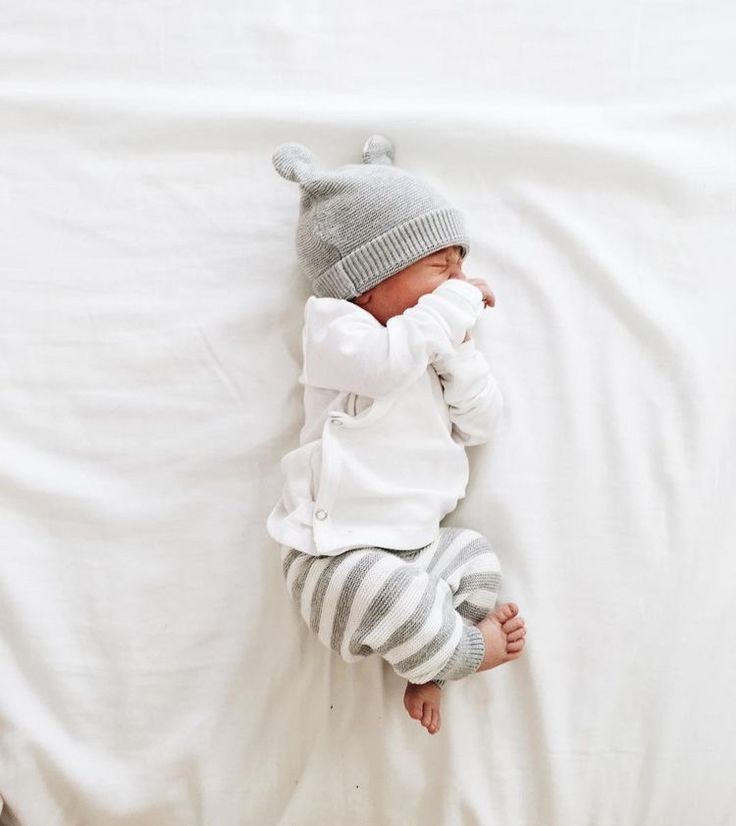 What about in winter? Cold, snow, monotonous landscape - all this is uncomfortable, so what is the use of winter walks? nine0005
What about in winter? Cold, snow, monotonous landscape - all this is uncomfortable, so what is the use of winter walks? nine0005
WHAT A WINTER WALK WILL GIVE A CHILD:
1. Health. In cold weather, the air becomes cleaner and more oxygenated, and all the dust is trapped in the snow. Fresh air will cleanse the lungs of everything that the baby inhales in the apartment, the mucous membranes of the respiratory tract will begin to work better, and the blood and, accordingly, all organs will be enriched with oxygen. Walking, the child will grow better and physically develop.
2. Hardening. The air temperature during a walk in winter is significantly different from the air temperature in the room - all this will harden the baby's body. nine0005
3. Vitamin D. In winter there is very little sun and a walk is the only opportunity for a child to get a "portion" of ultraviolet radiation. Namely, under its influence, our body produces vitamin D, which is necessary for the prevention of rickets.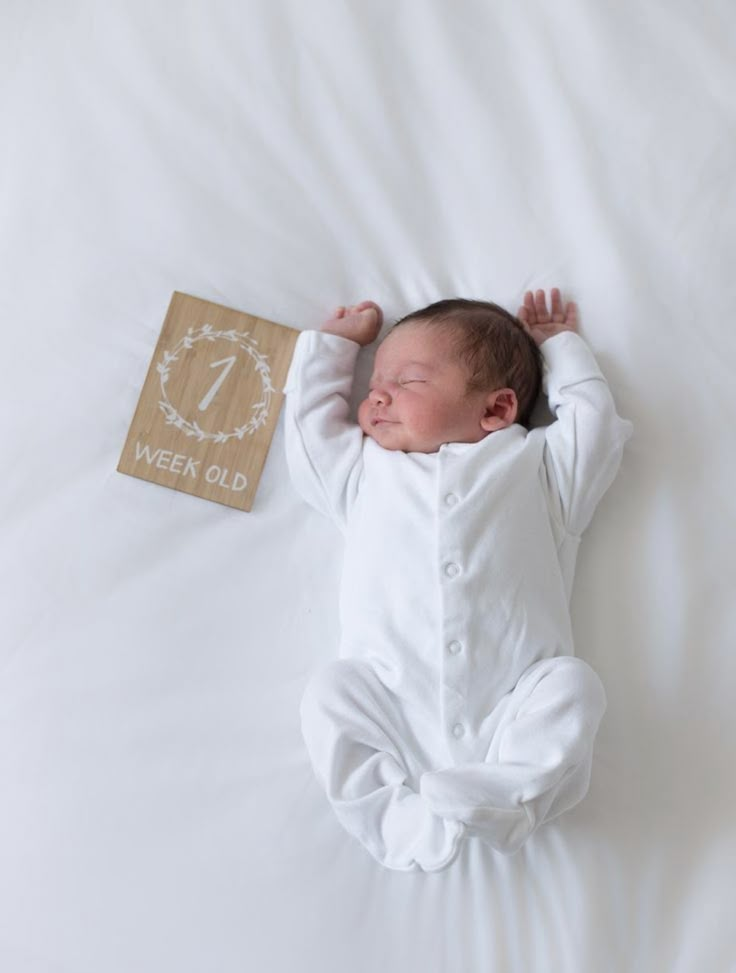 Of course, in order to prevent rickets, it will be necessary not only to walk, but still it is worth taking advantage of this simple and natural “medicine”.
Of course, in order to prevent rickets, it will be necessary not only to walk, but still it is worth taking advantage of this simple and natural “medicine”.
4. Physical activity. Walking in winter, when we are wearing a lot of clothes, especially if we move actively, we spend more effort and energy. The baby also spends it, even if he just moves his legs along the road, digs snow, rolls over a snowdrift or rolls down a hill with his parents. So a winter walk willy-nilly gives us physical activity, and it in turn stimulates the work of the cardiovascular and immune systems. It turns out that again there are health benefits. nine0005
5. Development and socialization. On the street, the world is completely different than in an apartment or house familiar to a child. It is full of all sorts of amazing things for children: it is snowing or the sun is shining, a dog is running, a crow is croaking, a car is passing by. Moreover, all this changes very quickly: the baby sees a new picture all the time and receives new information, studies the properties of different objects.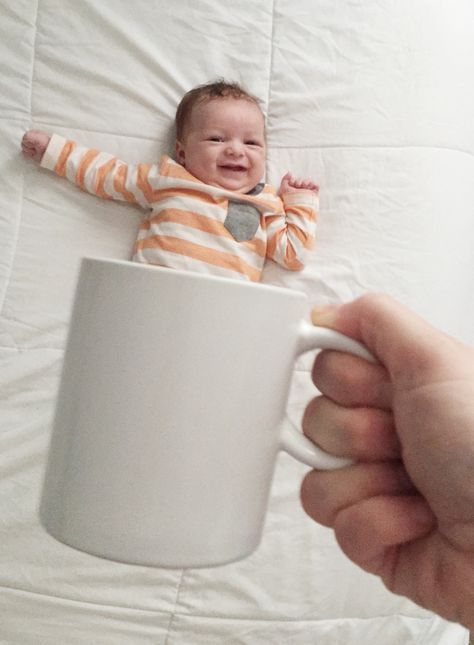 While walking, children learn to establish different connections: the dog barks, the bird flies, and the snow is white and beautiful. Plus communication with other children and new contacts. Well, yes, in the warm season there are more street entertainments, but do not sit in the apartment until the snow melts! nine0005
While walking, children learn to establish different connections: the dog barks, the bird flies, and the snow is white and beautiful. Plus communication with other children and new contacts. Well, yes, in the warm season there are more street entertainments, but do not sit in the apartment until the snow melts! nine0005
Of course, not all of these factors will work on every walk: the sun does not always shine, and as for infants, they often sleep outside and they do not have any movement and special acquaintance with the outside world. But winter walks give health and hardening for sure, unless, of course, walking in the fresh air, and not along gassed streets or shops full of people.
WHY THEY DO NOT WALK
True, no matter how much they talk about the benefits of winter walks, anyway, at this time of the year, many mothers and fathers with their children do not go for walks or walk rarely or for a short time. Adults understand that this is wrong, but the reasons for staying at home seem convincing to them.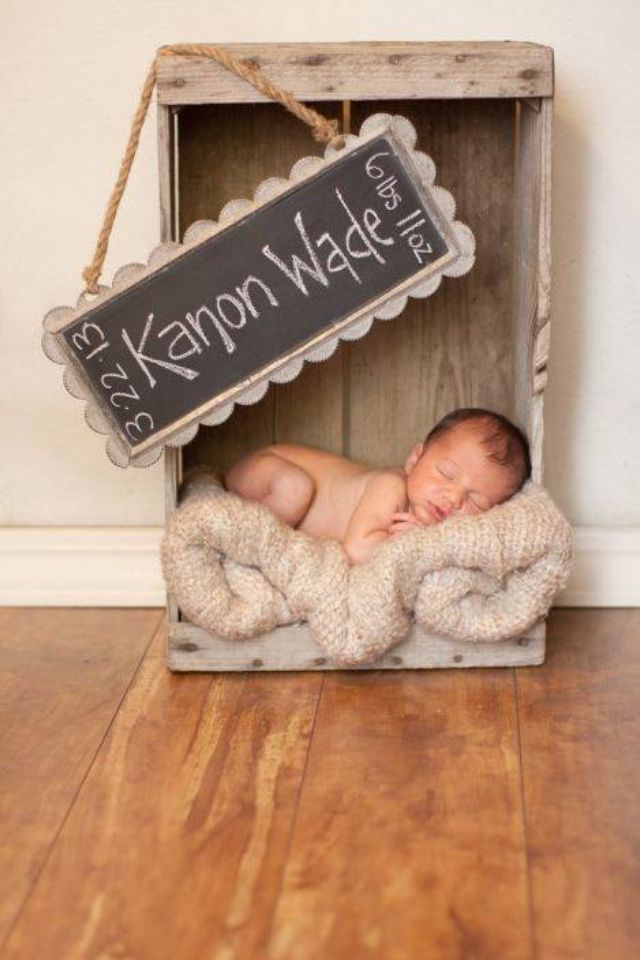 What Parents Assure Themselves:
What Parents Assure Themselves:
The child will get sick in the cold. This is a typical horror story, which is especially loved by mothers and grandmothers: they say that the child will inhale the air in the cold and he will start coughing, runny nose or sore throat . But cold air does not cause illness - this is a myth.
Actually. A person gets sick from bacteria or viruses, not from cold. On the contrary, many viruses die in the cold, so walking in sub-zero temperatures is safer than in positive ones. Another thing is that hypothermia (frozen feet, for example) can contribute to the fact that a virus or microbe that has entered the body begins to develop. Well, it (hypothermia) simply should not be allowed. nine0005
Only infections in the street . Now, when a flood of various negative information has hit us, in particular about all sorts of viruses and diseases, many anxious mothers are generally afraid to go outside with a small child once again.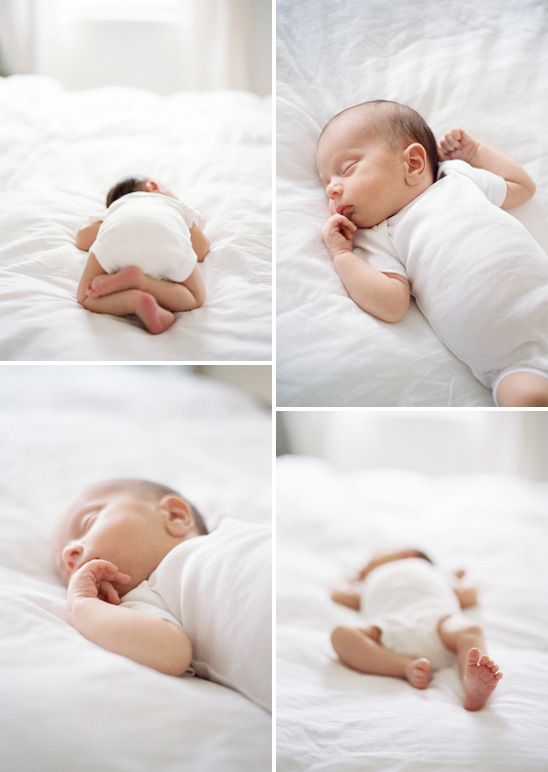 Especially in the first weeks and even months after childbirth if the child was born in autumn and winter. It is believed that a baby can be sneezed on the street, or a virus will remain in the entrance after a sick person, and the child will pick it up. The endless media horror stories about new and horrific strains of the flu, the daily news about severe complications from illness, and other horror stories only add fuel to the fire. So mothers with a child sit at home all winter and walk only on the balcony. nine0005
Especially in the first weeks and even months after childbirth if the child was born in autumn and winter. It is believed that a baby can be sneezed on the street, or a virus will remain in the entrance after a sick person, and the child will pick it up. The endless media horror stories about new and horrific strains of the flu, the daily news about severe complications from illness, and other horror stories only add fuel to the fire. So mothers with a child sit at home all winter and walk only on the balcony. nine0005
Actually. An apartment will not protect against illnesses - dad, grandmother, mother herself can bring a virus into the house: a family does not live in complete isolation from the world. But a walk in the fresh air, on the contrary, will strengthen health and immunity.
Walking in winter is so difficult and boring. In winter, you have to dress for a long time: first by yourself, and then dress the child in several layers of clothing. And you need to dress according to the weather, otherwise you will quickly freeze and have to return.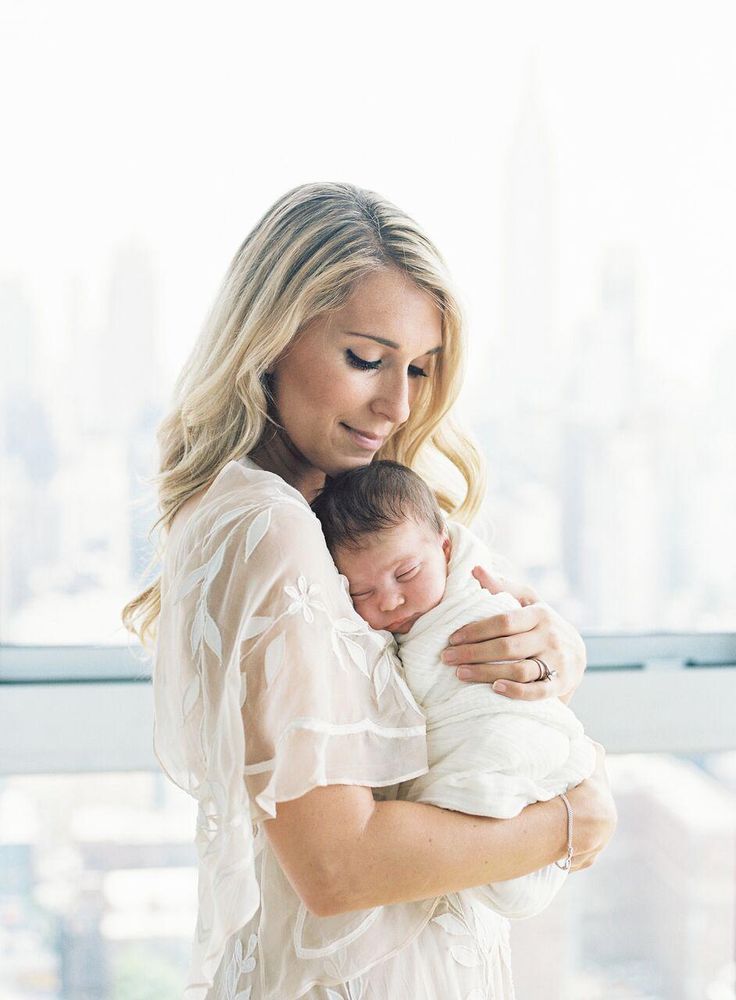 The question is: why did they leave at all? And you also have to not forget anything (the same mittens), otherwise, again, you have to return home, and this is always inconvenient with a small child. In addition, many babies do not tolerate the dressing process well: they scream so much that it is easier to spit on a walk and stay at home. It’s cold in winter, you can’t sit on a bench with a stroller, you can’t read a book, you have to walk all the time. Plus, many parents are generally bored with walking with a stroller or by the hand with a child, even if the weather is good and the baby is calm. nine0005
The question is: why did they leave at all? And you also have to not forget anything (the same mittens), otherwise, again, you have to return home, and this is always inconvenient with a small child. In addition, many babies do not tolerate the dressing process well: they scream so much that it is easier to spit on a walk and stay at home. It’s cold in winter, you can’t sit on a bench with a stroller, you can’t read a book, you have to walk all the time. Plus, many parents are generally bored with walking with a stroller or by the hand with a child, even if the weather is good and the baby is calm. nine0005
Actually. These are all excuses and banal laziness. Today, there are so many high-tech and comfortable clothes (for both adults and children) that you can dress for a walk easily and comfortably. Children very quickly get used to the process of dressing or simply put up with it. If you try a little, then even in a walk with a stroller you can find something interesting (listen to audio books, music, communicate in the company of the same mothers).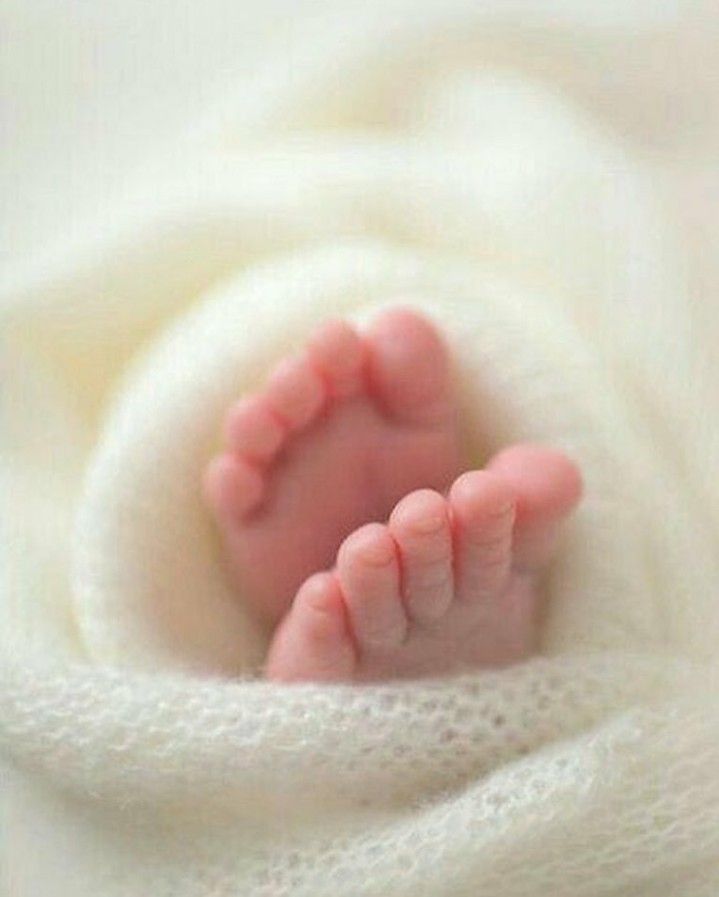
The child will freeze or overheat . In winter, you need to put a lot of clothes on the baby, and it’s difficult to understand exactly whether the legs are cold or, on the contrary, whether the baby has mated. nine0005
Actually . Usually, parents dress the child so warmly that he definitely does not freeze. Even if the baby is in the stroller, you can always feel his arms and legs and determine if they are cold. Much more often, a child is hot on a walk, and you can find out about this by his appearance and behavior. The baby's face turns red, he begins to worry (naughty or crying), asks for water. Then you need to put your hand behind the baby's collar and feel his back (whether she was sweating).
The child will want to eat, but in winter you will not breastfeed . Therefore, it is better not to go out for a walk, especially since if you go out, you still won’t leave for a long time.
Actually . The child can be fed before the walk.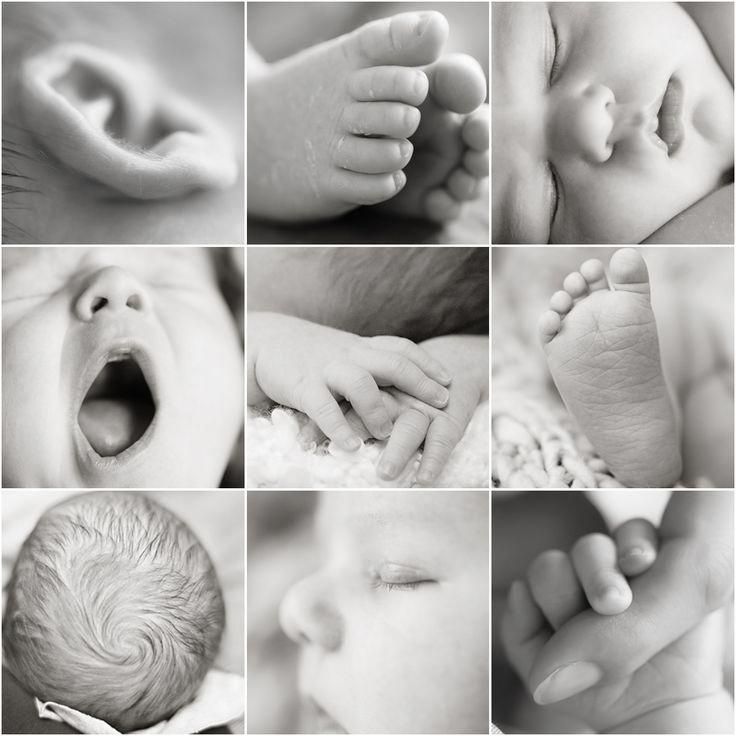 Then you are guaranteed to have 1–1.5 hours to go outside and get some fresh air. And this is quite enough for a winter walk. In general, on the street in winter, children quickly fall asleep and then sleep for a very long time. So there is usually enough time to walk between feedings.
Then you are guaranteed to have 1–1.5 hours to go outside and get some fresh air. And this is quite enough for a winter walk. In general, on the street in winter, children quickly fall asleep and then sleep for a very long time. So there is usually enough time to walk between feedings.
Bad weather in winter - if not a blizzard, then ice, if not frost, then slush.
Actually. Bad weather in winter, if a person does not really live in difficult climatic conditions, still happens infrequently. Blizzards do not sweep all winter, and severe colds are replaced by a light and pleasant frost, so most often the same parental laziness is hidden under the words “bad weather”. Or the lack of habits of a healthy lifestyle and walks in particular. Plus, at home we are anchored by the usual benefits: a soft sofa, TV, computer. nine0005
It turns out that there are no particularly serious reasons not to walk in the winter with a child. But here, too, it is necessary to observe the measure.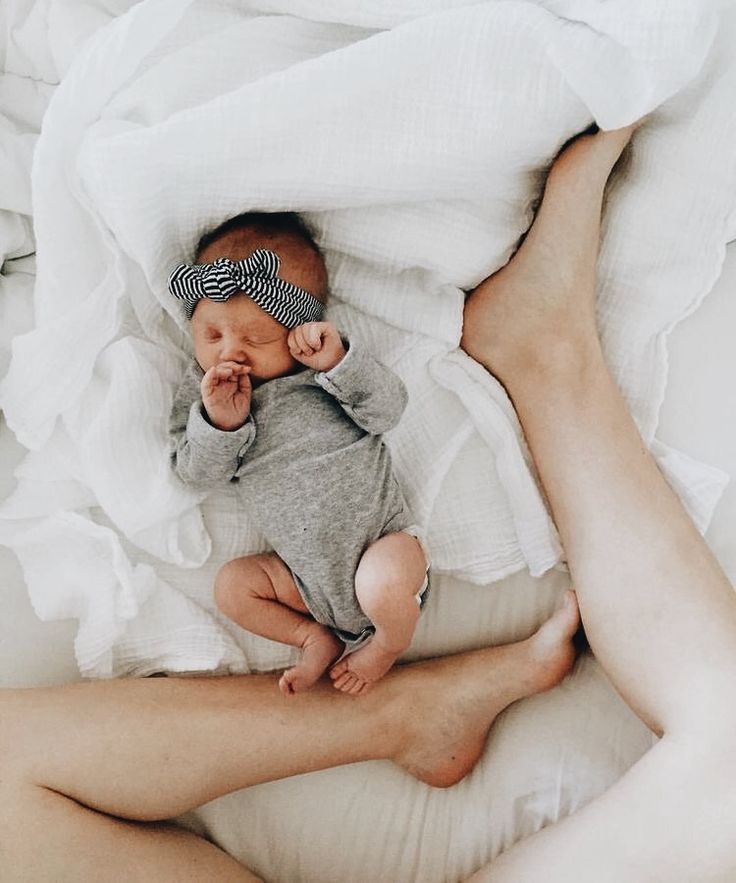 You don’t have to perform feats and walk for the sake of the baby’s health if you don’t have the strength, the food for yourself or your husband is not ready, the weather is bad outside, or something just went wrong today. Nothing bad will happen if the child stays at home for one or even a couple of days. But as soon as the weather improves and strength appears, we must go outside. But what about the balcony? To be honest, everyone understands that a walk on a balcony is not the same as a walk in a park or forest. This is a way out for those who live in a house without an elevator, who don’t even have a public garden nearby, if it’s very cold and bad weather outside, their mother feels unwell or is very busy with household chores or work. nine0005
You don’t have to perform feats and walk for the sake of the baby’s health if you don’t have the strength, the food for yourself or your husband is not ready, the weather is bad outside, or something just went wrong today. Nothing bad will happen if the child stays at home for one or even a couple of days. But as soon as the weather improves and strength appears, we must go outside. But what about the balcony? To be honest, everyone understands that a walk on a balcony is not the same as a walk in a park or forest. This is a way out for those who live in a house without an elevator, who don’t even have a public garden nearby, if it’s very cold and bad weather outside, their mother feels unwell or is very busy with household chores or work. nine0005
GOING OUTSIDE
When to start. If a child was born in winter or cold spring or autumn, then in the first days after birth, he does not need to walk. And not only because it's cold outside, it's just that the baby needs to first adapt to the outside world, and he and his mother need to enter a new rhythm of life. In general, the opinions of pediatricians about when to start walking with a newborn differ. Some doctors believe that a healthy child can be taken outside in winter already a week after birth, others recommend walking from the 10-14th day of life, and others generally advise waiting up to three to four weeks. Here it will be necessary to look at everything: the weight of the child (underweight children are advised to start walking later in winter), his condition, the weather, the possibilities of the family (mother may not have the strength, dad works, and there are no grandmothers nearby). nine0005
In general, the opinions of pediatricians about when to start walking with a newborn differ. Some doctors believe that a healthy child can be taken outside in winter already a week after birth, others recommend walking from the 10-14th day of life, and others generally advise waiting up to three to four weeks. Here it will be necessary to look at everything: the weight of the child (underweight children are advised to start walking later in winter), his condition, the weather, the possibilities of the family (mother may not have the strength, dad works, and there are no grandmothers nearby). nine0005
At what temperature and how long to walk. Here, too, you need to focus on the weather. Doctors recommend taking a newborn out for the first walk if the temperature outside the window is not lower than minus 5 ºС. At first, you can not even go outside, but “walk” with a dressed baby in a room with a wide open window or sit on the balcony. Then go out with the baby from the house holding him in his arms, and then walk in the stroller.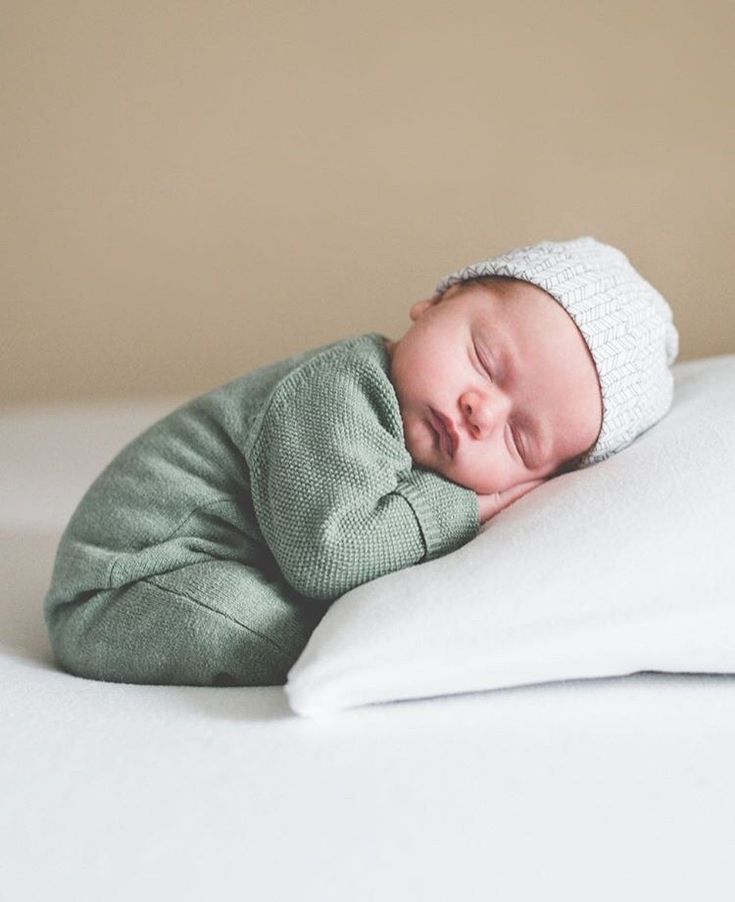
Every day the walk is increased by about 5–10 minutes, and it turns out that after going outside for an average of 10 days, by a month a child can already walk for an hour, and then 1.5–2 hours. But here again it is necessary to look at the climate. It can be 0 ºС or even plus on the street, but a strong north wind will blow - walking in such weather is unpleasant and not necessary. Or maybe the frost is below minus 15 ºС, and the day will be sunny, the weather will be mild - then the numbers on the thermometer will not interfere with taking a walk in the fresh air. nine0005
How to dress a child . As mentioned earlier, with clothes now everything is simple. Woolen leggings that still need to be pulled on, numerous handkerchiefs under a hat, heavy children's fur coats, one socks, and on top of the second socks, scarves so as not to blow, and other grandmother's tricks for warmth are a thing of the past. It's simple: a child walks in a stroller - cotton overalls (slip) to the body, fleece on top, and then overalls or an envelope with insulation.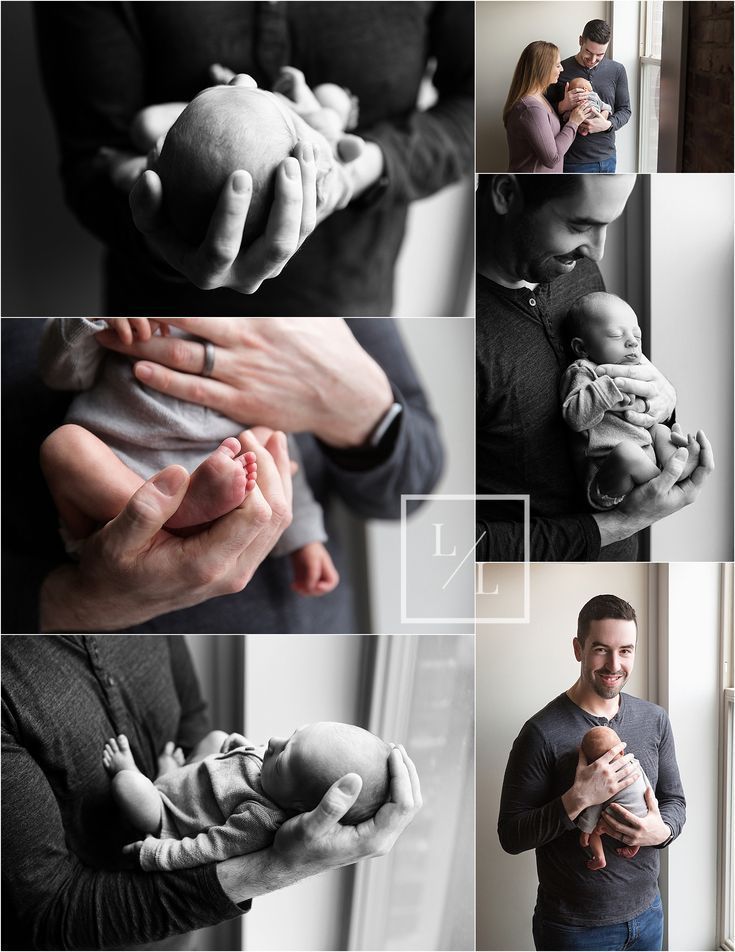 A cotton helmet is put on the head, on top of it - a woolen or the same fleece (or you can put on a “2 in 1” helmet). On the feet - socks, on the hands - mittens. Who is very scared - take a blanket (just in case). If the child is already walking, everything is the same, but instead of an envelope there will already be overalls and plus winter children's shoes. And no extra buttons, ties and everything that irritates both mother and child. Sleepsuits with comfortable buttons, jumpsuits (envelopes) with zippers, instead of a stuffy scarf, a hat-helmet will cover your neck, prickly wool is replaced by soft and pleasant fleece - you can get ready for a walk in such comfortable clothes, like in the army, in a few minutes! Before you go for a walk, you must first collect all the necessary things (napkins, nipples, toys), then get dressed yourself, and last but not least, dress the child (otherwise he will quickly become hot). nine0005
A cotton helmet is put on the head, on top of it - a woolen or the same fleece (or you can put on a “2 in 1” helmet). On the feet - socks, on the hands - mittens. Who is very scared - take a blanket (just in case). If the child is already walking, everything is the same, but instead of an envelope there will already be overalls and plus winter children's shoes. And no extra buttons, ties and everything that irritates both mother and child. Sleepsuits with comfortable buttons, jumpsuits (envelopes) with zippers, instead of a stuffy scarf, a hat-helmet will cover your neck, prickly wool is replaced by soft and pleasant fleece - you can get ready for a walk in such comfortable clothes, like in the army, in a few minutes! Before you go for a walk, you must first collect all the necessary things (napkins, nipples, toys), then get dressed yourself, and last but not least, dress the child (otherwise he will quickly become hot). nine0005
As you can see, walking in winter is easy and even very useful.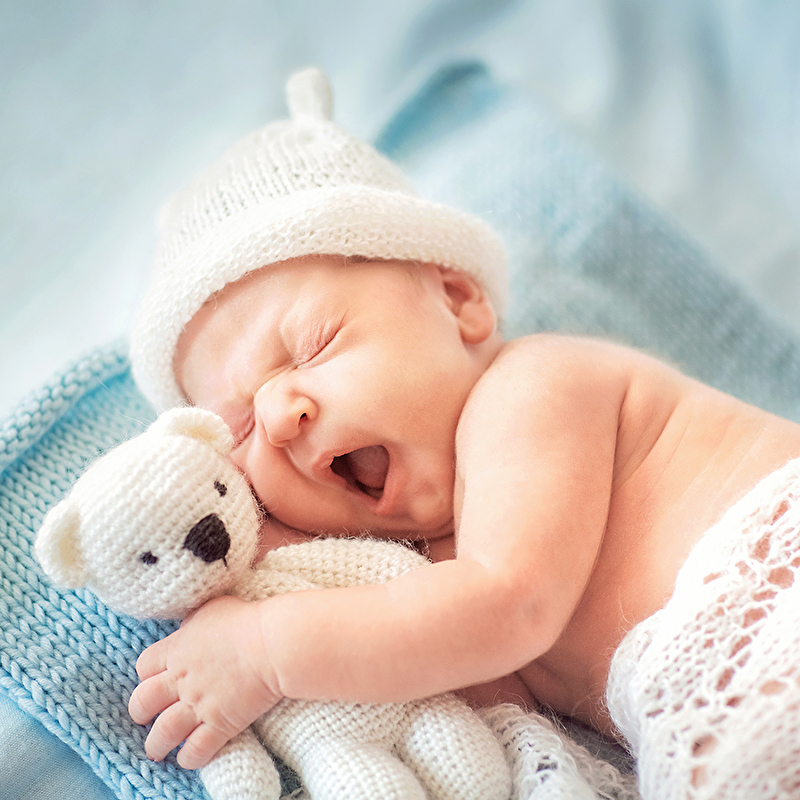 So dress properly and go – towards nature and health!
So dress properly and go – towards nature and health!
How to walk with a newborn in winter
Features of thermoregulation in a newborn
Thermoregulation is the ability of the body to maintain a constant normal temperature. In newborns, this process becomes stable towards the end of the first year of life, and in the first months it works differently than in adults. nine0122
In children, unlike adults, everything goes faster. This applies to blood flow, and digestion, and metabolism.
Because of this acceleration, the baby's body cannot maintain a constant temperature on its own and is guided by environmental indicators. Therefore, babies often overheat.
It is difficult for a small child to cope with an increase in temperature, so special attention must be paid to clothing. The baby should be comfortable.
What to wear for a newborn outside in winter
In winter, it is better to follow a few simple rules when choosing clothes for a walk.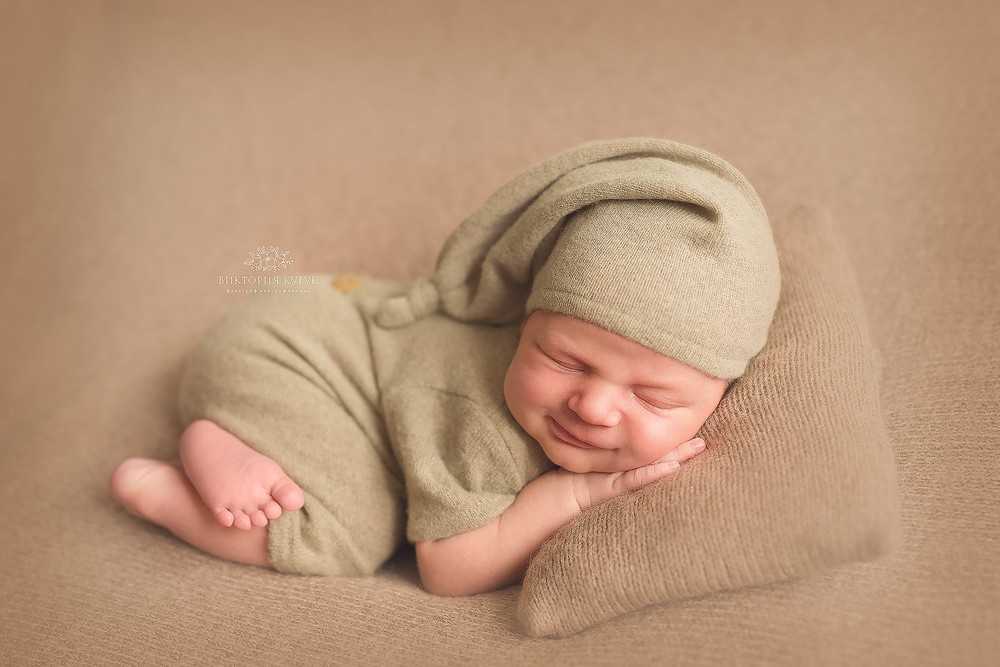
- Layered. Ideally, three layers of clothing, of which the underwear (bonnet, diapers, sliders and vest) will be the lightest, and the last - a warm hat, mittens, overalls or an envelope - the warmest and always dense. The second layer is overalls, fleece or woolen suits, be guided by temperature and precipitation.
- Convenience. All clothing, from socks to envelope, must be true to size. You can’t let it be too loose, gather in folds, crush or sting somewhere. Pay attention to the seams of the first layer - they should not be internal, because they can easily rub the baby's delicate skin. nine0136
- The right materials. It is better if the fabrics of the first and second layers are natural. Linen, cotton, wool perfectly pass air and moisture, do not allow the baby to sweat or freeze. It is better to choose a jumpsuit with a membrane, dense and with good insulation. All materials must be "breathable" - it is also dangerous for a child to overheat in winter, as in summer.
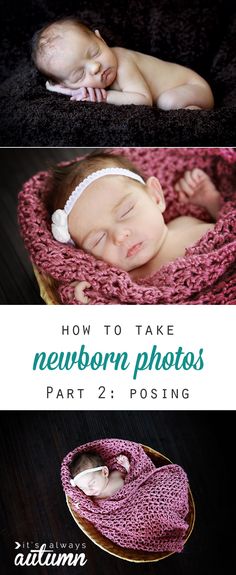
- Open face. The baby does not need a scarf and a scarf, they will interfere with breathing. Condensation will appear on the skin, and this is harmful to the child. nine0136
If you want to protect your baby's skin from wind and frost,
use Cold Cream Nourishing Stick.
Designed by specifically to protect the cheeks, lips and other exposed areas of the body during the cold season.
Does not contain the water in , which means it can be applied outdoors.
How long to walk with a newborn in winter
If the baby was born in winter, the first walk with the newborn should be postponed. It is better to go outside a week after discharge from the hospital. This time is enough for his body to adapt to new conditions.
For the first walk, it is better to choose moderately frosty weather, without wind and precipitation. It is desirable that the temperature outside was not lower than -5 degrees.
In the early days, walk no longer than 15 minutes. Gradually increase the time to 1.5-2 hours. But keep an eye on the feeding regimen of the child - in winter it will not work on the street. nine0125 The ideal mode of walking is twice a day, it is best to do this during daytime sleep. But how much to walk with a baby is up to you. Rely on your own feelings and the well-being of the child: if there is a strong wind or slush outside, it may be better to skip the walk.
Rules for walking with a newborn in winter
Here are some useful tips to help make winter walks enjoyable:
- Walk immediately after feeding; nine0133 Going for a walk with a child under one year old, choose a comfortable walking pace so as not to get too tired;
- First dress yourself, then dress the child;
- When walking, do not go to shops, cafes and shopping centers - the child needs fresh air, walking in enclosed spaces makes no sense;
- A child under one year old needs a warm, comfortable stroller in winter;
- If the weather is bad or too cold (below -15), stop walking.
